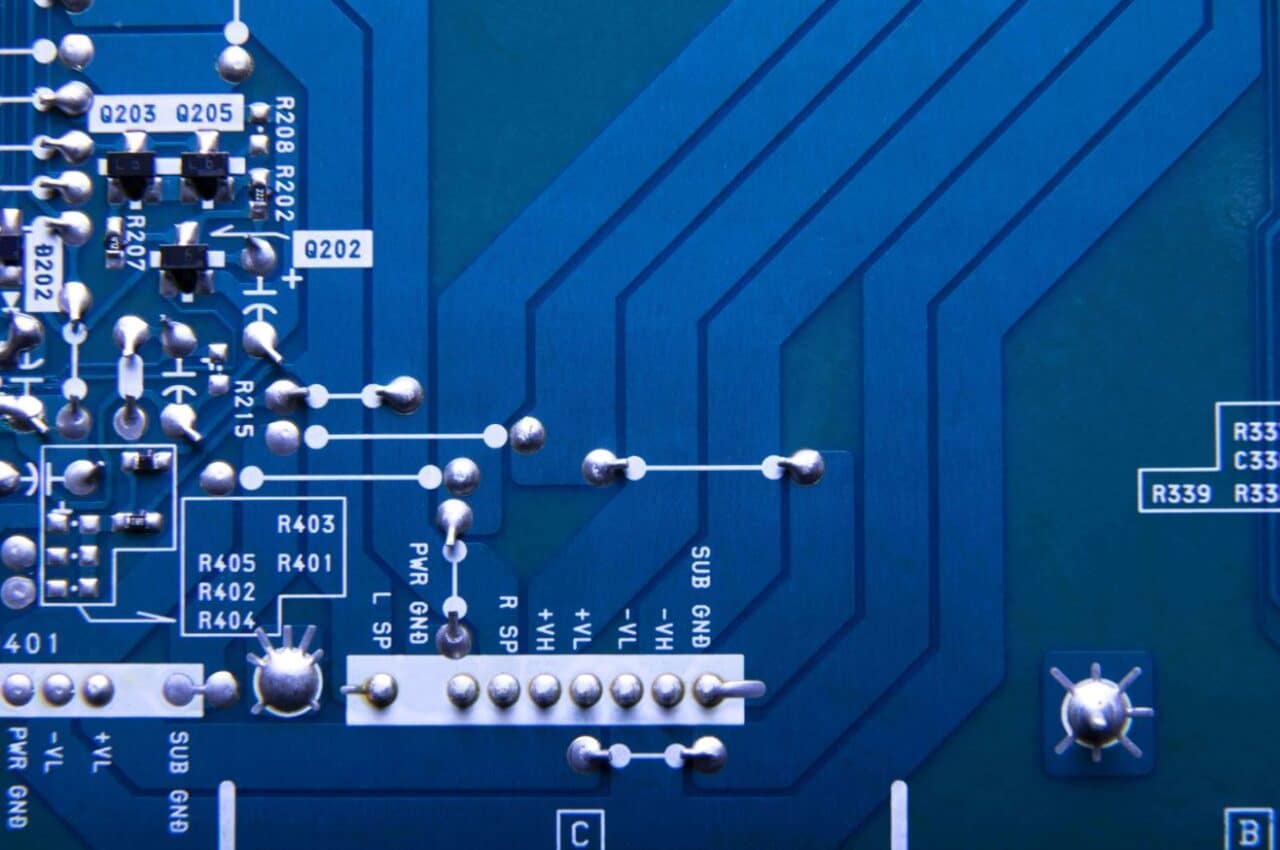Semiconductor Manufacturing Ecosystem
The world of semiconductor manufacturing, sometimes called chipmaking, is a complex ecosystem. Companies that for instance produce the chips that run the world’s cell phones and computers outsource the actual manufacturing of the chips to external companies.
Pure-Play Foundries
The chips were referred to as application-specific integrated circuits or ASICs. The companies manufacturing these ASICs were called pure-play foundries or COT (Customer Owned Tooling) foundries. The pure-play foundry model enabled companies to design custom integrated circuits without investing in and maintaining a fabrication infrastructure.
The Role of Integrated Device Manufacturers (IDMs)
The 1980s saw the emergence of three types of companies: Integrated Device Manufacturers (IDMs), fabless semiconductor companies, and pure-play foundries.
In the early days of the semiconductor industry, companies that made integrated circuits had their own factories. As time went on, some chip-making companies wanted to outsource the manufacturing of their chips. They found other companies that could make their chips without investing in a factory (a lucrative scenario). The first companies to practice this style of business were called fabless semiconductor companies. These companies did not own factories; instead, they purchased semiconductor manufacturing services from foundries. The term IDM (integrated device manufacturer) was then created to refer to semiconductor companies that owned factories to differentiate them from the fabless companies. Pure-play foundries came later on, as a third type of company that provides pure-play services—only manufacturing. Outsourcing manufacturing resulted from the sharing of fabs by companies with excess capacity.
Impact of Foundries on Semiconductor Market
With the rise of foundries, however, the cost and risk of entering the semiconductor business were greatly lowered. Foundries’ ability to manufacture chips for others has enabled a variety of new firms to enter the semiconductor market. The result? More fabless semiconductor companies were formed, many by Silicon Valley venture capitalists eager to work with new companies to help them address the growing computer graphics, networking chips, and wireless micro markets. But not everyone was happy with this trend; some wondered whether companies would be better off building their fabs instead of simply licensing technology from other firms.
Evolution of Semiconductor Design Practices
AMD competed with Intel in the microprocessor market. While this statement was true for AMD’s business, many businesses found that this wasn’t the case. Over time, another change occurred, and other businesses stopped using the ASIC companies. As the specialized knowledge about how to design integrated circuits gradually spread, more and more systems companies began doing their designs in-house.
By the 1990s, many systems companies had large integrated circuit design teams and they started selling more of their products until they became full-service Integrated Device Manufacturers (IDMs).
Adoption of Fabless Business Model
As fab costs increased, more companies chose not to own or operate their fabs and became fabless instead. Some companies went fabless and remained that way, others kept some of their older fabs and used third-party foundries for the most advanced ICs. This was known as the “fab-lite” approach.
Some companies, such as Intel and some IDMs, design their own chips and build them in their own manufacturing facilities. Other companies, such as Xilinx and Qualcomm, design their own chips but also use third-party foundries to make some or all of the chips in their own products.
Importance of Electronic Design Automation (EDA)
Additionally, there were some other players helping to bring the semiconductor technology and business to the current level. One of those is electronic design automation (EDA), which is specialized software used to design ICs. There’s a growing market for licensing off-the-shelf functions to put on chips. These include A/D converters, memory, and processors, which are known as silicon intellectual property, or IP.



